BUT FIRST ...
NOW AVAILABLE FOR PRE-ORDER
ON SALE FEB 1st!
You've heard of the fictional Necronomicon.
But did you know that FIVE MYSTIC TOMES actually exist?
The Voynich Manuscript
This is the granddaddy of them all.
Nicknamed “the most mysterious
manuscript”
this collection of nearly 250 pages of ciphered writing
has
been capturing people’s imaginations for 500 years!
The text is written
in an unknown alphabet that (at least superficially) seems to follow the
patterns of a real language.
The book seems to have passed through the hands of alchemists,
botanists, nobles, and priests
before ending up in the rare books
collection of Yale University, where it lives today.
The Rohonc Codex
This text from Hungary dates back at least 200 years and perhaps as much as 500.
Like the Voynich Manuscript,
the text is written in an unknown
alphabet which is stubbornly resistant to translation.
There is even
quite a bit of debate about what direction the words and pages should be
read.
The Devil's Book
The book is real
because the Roman Catholic Church officially claims
ownership of it, but has never let the public glimpse it.
It is fact
that it was discovered in Jerusalem in 1750, in the tomb of Solomon,
written in either Biblical Hebrew or Aramaic.
The manuscript has not
been dated to an earlier time than this,
or else the Church has not
said, but the book itself is inscribed with the date of 1522 AD.
Theorists claims it was copied in that year from a manuscript written in
the 1200s AD or earlier.
The Book of Soyga
It is a 16th century tome of magic that once belonged to
John Dee,
probably European history’s most famous magician.
Have no
fear, the book does have a section of ciphers,
but they are only one
part of the Latin-langage text
that covers such metal subjects as
spells, angels, and demonology.
The Oera Linda Book
This is the youngest of the texts discussed here (only about 150 years
old),
but it claims to be a record of much older events dating back
nearly four thousand years and including wisdom from mythical Atlantis.
Written in Old Frisian (an early Germanic dialect),
it was recognized as bat-merde crazy from pretty much the first time anyone translated it,
but
you better believe that didn’t stop the Nazis from trying to make
something of it.
The book (which has a good crop of generally
nationalist and specifically pro-German components to it)
even earned
the nickname “Himmler’s Bible” for a time,
because of its important role
in some forms of Nazi occultism.





















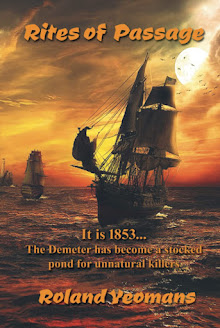




































































































































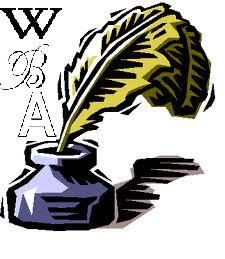
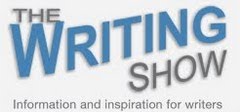


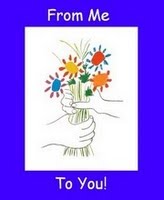

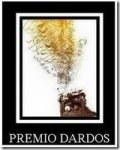

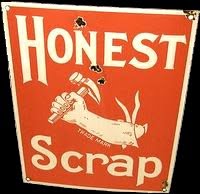


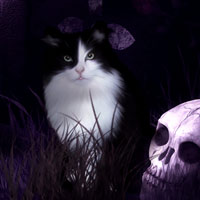




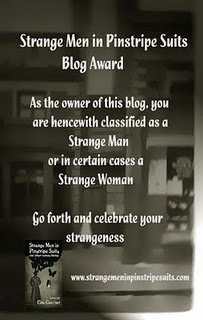
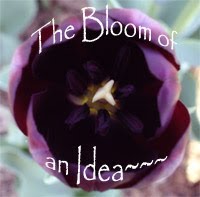



















You started off with the Voynich manuscript! At the moment it has a significant part in my yet to be finished book The Age of Stars. I've done some research into it and don't know what to make of it, either. There are hobbyists that are rather snobby about people using the manuscript in a fictional way. The other manuscripts you mention are very interesting, too, and I'll be looking into them. It seems like Voynich is actually kind of popular and not as mysterious as I'd like it to be. :)
ReplyDeleteInteresting, but kind of a waste if nobody can read them. But, if they contain spells or technology to destroy our world, perhaps they should keep their secrets.
ReplyDeleteI've read about the Voynich manuscript and since I know all about the Tudors I'm of course familiar with John Dee. But the rest of these books are a mystery to me--and clearly they could be wonderful sources for some novelists.
ReplyDeleteLara:
ReplyDeleteI'm glad I could spotlight the Voynich Manuscript that figures so prominently in your new novel. :-)
Modern Man thinks he knows so much -- but each new century shows the fallacy of the "truths" he once believed.
If you want to use it in your novel, then go ahead. You are not forcing those hobbyists to read your book! :-)
Donna:
Perhaps they can be read -- but only by secret societies. And like you said, if what they contain is dangerous, then being locked in an unknown language is just fine with me!!
Helena:
John Dee is a fascinating figure in history -- as are most of the major players in the Tudor world. How are your novels coming along?